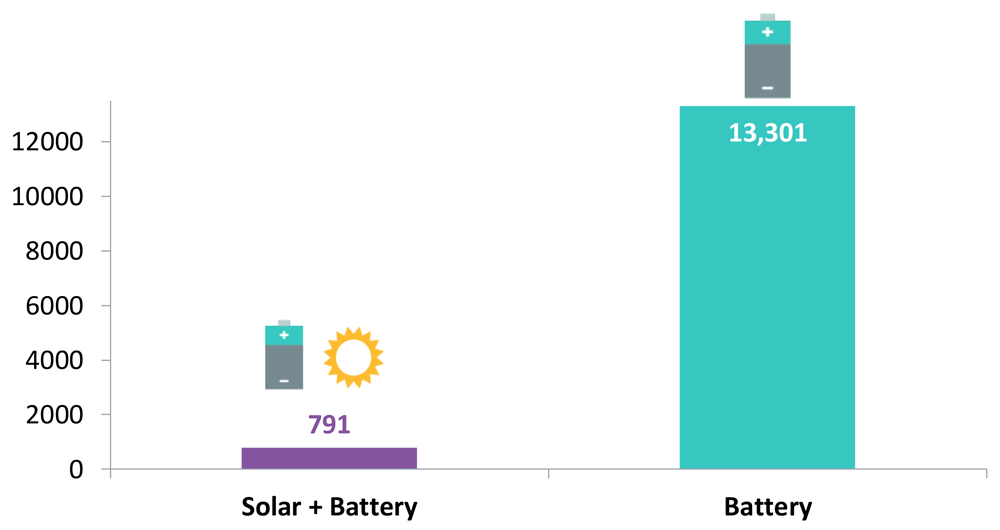Mid-2023 finds the U.S. charging ahead with its clean energy transition in policy and deed — except where it is not.
A new report compiles some of the hundreds of local laws nationwide that restrict, delay or block renewable power projects, in almost every state.
“This report demonstrates that ‘not in my backyard’ and other objections to renewable energy continue to occur throughout the country and can delay or impede project development,” the authors write.
“Opposition to Renewable Energy Facilities in the United States: May 2023 Edition” is an update of 2021 and 2022 reports by Columbia Law School’s Sabin Center for Climate Change Law.
The 2023 report notes 293 contested projects, 228 local restrictions and nine state-level restrictions, a major increase over the 2022 report, the authors write. The increase includes 59 restrictions imposed since the 2022 report and 58 restrictions adopted earlier but not included in the 2022 report.
And it likely is still a far-from-comprehensive list, the authors acknowledge. The National Renewable Energy Laboratory, for example, has compiled databases of thousands of state and local wind and solar ordinances nationwide.
But the Sabin report is limited to restrictive ordinances, a narrower focus than NREL takes.
Local Laws Matter
The federal and state governments issue sweeping visions and ambitious timelines for the clean energy transition, but in many instances, the rubber hits the road in one or a handful of communities at a time, and it is there that the transition can accelerate or bog down.
New York, for example, is one of the bluest of Democratic-controlled states in the nation and one of several to assign a superlative claim, such as “nation-leading,” to its climate-protection plan.
It also has a strong home-rule tradition codified in its constitution, and that can clash with the state’s vision for towering wind turbines and solar arrays spanning dozens or hundreds of acres.
The state has moved to sidestep local opposition by creating the Office of Renewable Energy Siting and giving it power to overrule local authority on renewable projects of 20 MW or greater capacity. But that does not stop local governments from trying to limit renewables, particularly in the more conservative, more rural upstate region, where wind and solar projects have proliferated. The Sabin report counts 21 restrictive local ordinances across New York.
Local restrictions such as these are not a theoretical impediment: NREL has used geospatial modeling to show a roughly sevenfold variance in wind energy siting potential nationwide depending on whether the least or most restrictive siting constraints are in place. Regulations are one part of that equation.
The Sabin report documents moratoria, bans and de facto bans that trend toward the most restrictive model.
Among the takeaways:
- Alaska, Alabama and Missouri are the only states where the researchers could not find any restrictive laws or contested projects.
- At least 13 counties in Ohio have prohibited large-scale renewable energy projects within most or all of their land area since October 2021.
- The Ohio Power Siting Board never rejected a solar project before October 2022 but has rejected at least three since then.
- At least nine Nebraska counties have enacted wind power ordinances with highly restrictive language since March, including setbacks of up to 3 miles from property lines and 5 miles from any dwelling.
- At least seven counties in Virginia adopted restrictive solar power ordinances or moratoria between June 2022 and May 2023, some of them “exceptionally burdensome.”
- In the Midwest, a movement is growing to ban construction of solar energy systems on farmland, including in at least two Michigan townships and four Wisconsin towns.
Sabin said the report’s authors do not make judgments on the merits of any particular ordinance or project cited in the report, but they note that taken as a whole, local opposition presents a significant potential impediment to achieving climate goals.
